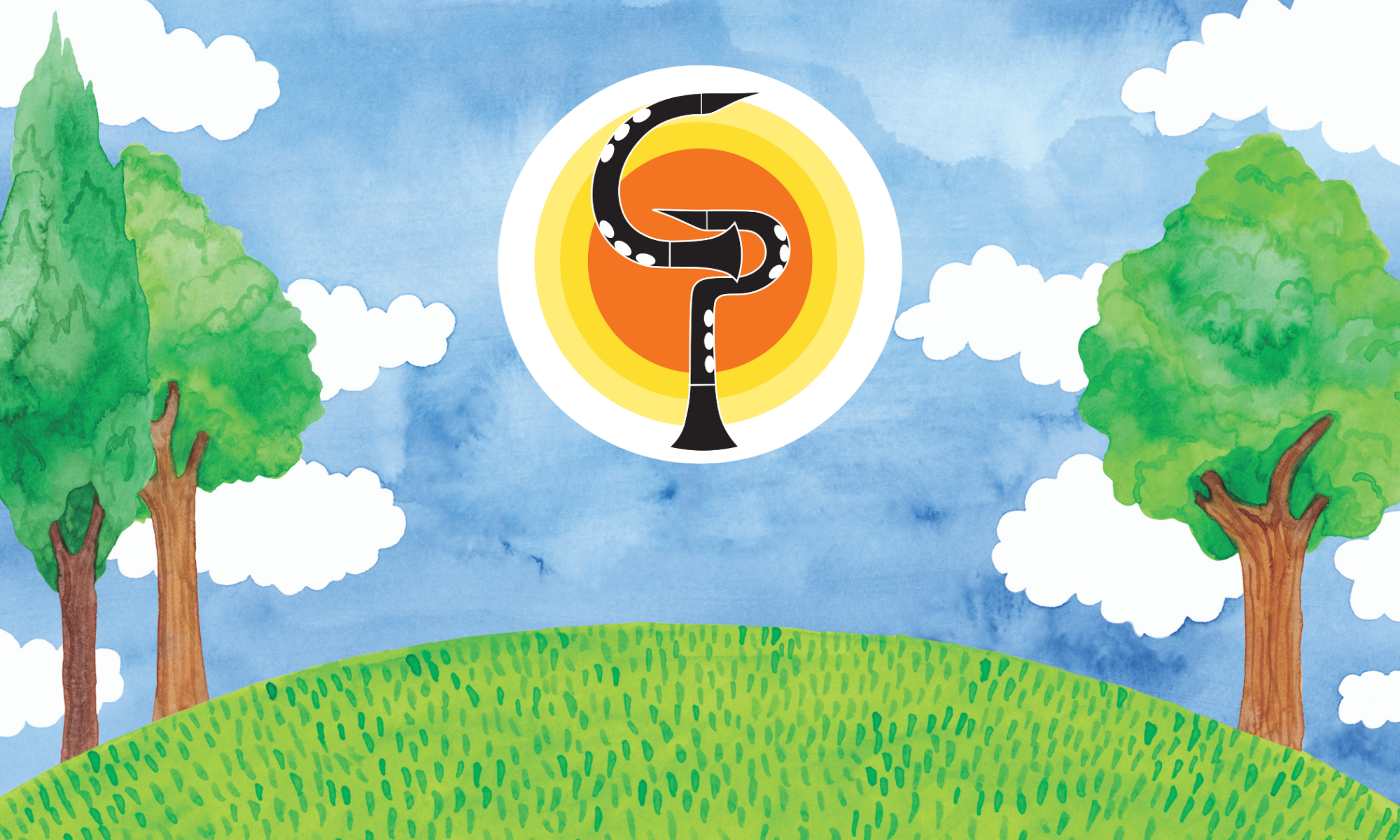
As you are developing your sound concept, you must make sure that you have a strong physical foundation of HOW to produce the sound that you want. Forming your embouchure involves several steps. A single malfunction in the embouchure can greatly impact your sound.
First, while sitting up straight or standing, hold the clarinet at about a 30 to 40 degree angle while keeping your head straight forward. There is some flexibility with the angle of the clarinet. Some players hold the instrument closer to their bodies and some hold it further away. Many players play with the angle too far from their body which limits the amount of support from the lower lip and makes upper register notes difficult to produce. If you have an underbite or an overbite, consider experimenting with the two extremes in order to find the angle that allows you to produce your best sound.

I mostly play with a single lip embouchure, so my second step is to make contact with the top teeth on the top of the mouthpiece about ½ inch in, and anchor
the mouthpiece behind the top teeth.
Third, with the bottom lip drawn in from the sides and pulled back against the bottom teeth with a slight coverage of the bottom teeth, allow the reed side of the mouthpiece to make contact with the bottom lip. Check the placement of your teeth behind your bottom lip. You should feel your bottom teeth making contact between the lip line and the flesh of your lip. Avoid allowing the actual skin of your chin to come into contact with the reed.

Fourth, as if to close a drawstring, allow the lips to create a snug yet flexible seal around the mouthpiece with an even “hug” all around. Focus on drawing the corners in for firmness but allow the center of the lips to be slightly flexible. One of the best ways to achieve this position is to simply think “ooo” which will draw your lips together and slightly forward–providing the perfect seal and cushion. Be sure to involve the upper lip as much as possible. Pull it down and make contact with the mouthpiece in front of your top teeth (your teeth will still make contact with the mouthpiece). Upper lip involvement can bring a lot of warmth to your sound and aids in producing smooth legato passages and leaps. You could also imagine that you are whistling. This analogy tends to help many form the correct embouchure with a nice, pointed chin as well.

Fifth, push up slightly under the thumb rest with the right-hand thumb to help reinforce the anchor of the top teeth to the mouthpiece. This wedging action will help you to find stability and balance as you hold the instrument. Sit up tall and bring the instrument up to you and think, “Thumbs Up!”
Finally, check that you have enough of the mouthpiece inserted into your mouth. Many players take in too little of the mouthpiece. How can the reed vibrate fully when it is cut off in this way? Aim to have your bottom lip come into contact with the reed at the point where the reed and mouthpiece touch. You can see this by holding your mouthpiece up sideways as you look into a light or by GENTLY sliding a piece of paper in between the mouthpiece and reed. The point at which the paper is stopped by the reed is where your bottom lip ideally makes contact.
In review, anchor
the mouthpiece behind the top teeth, think “ooo” or use your whistle muscles, close the lips around the mouthpiece with an even “hug” all around as if to close a drawstring (firm corners, flexible in the middle), then push up slightly with the right thumb for stability (thumbs up).
** DOUBLE-LIP EMBOUCHURE **
I practice and perform using a double-lip embouchure about 5% of the time, while some artists are gravitating toward the double-lip embouchure for all playing. There are many benefits to using the double-lip embouchure, so it is understandable that its popularity has resurfaced. Benefits include a more open and vibrant sound (including the altissimo register), a more homogenous sound in all registers, smoother transitions across the registers, and smoother connections between large intervals. The double-lip embouchure can also be used as a tool to correct an embouchure that is too tight or clamped. You can use it while warming up and then transition to a single-lip embouchure while trying to maintain the open and relaxed feel that the double-lip embouchure can help you to attain. Start with just a few minutes each day and if you increase your time little by little, your muscles will acclimate and you may decide to switch to double-lip for all playing.
The formation of the double-lip embouchure is similar to the single-lip. The main difference is that the top teeth are covered by the top lip instead of coming into contact with the top of the mouthpiece. Simply cushion the top teeth with your top lip similar to the bottom lip cushion. Without the mouthpiece anchored
in behind the teeth, you may need to rest the bell of the clarinet on your knee or use a neck strap to ensure stability until you build up the muscles in your lips.
When you first attempt a double-lip embouchure, play long tones in the chalumeau range only (the lowest range). Allow plenty of time to become accustomed to this new approach before exploring its use in the clarion and altissimo ranges. As with any new skill, it will take some time before you develop the muscles to have a reliable double-lip embouchure. It is important to note that there are some divisions in pedagogy on this topic.



